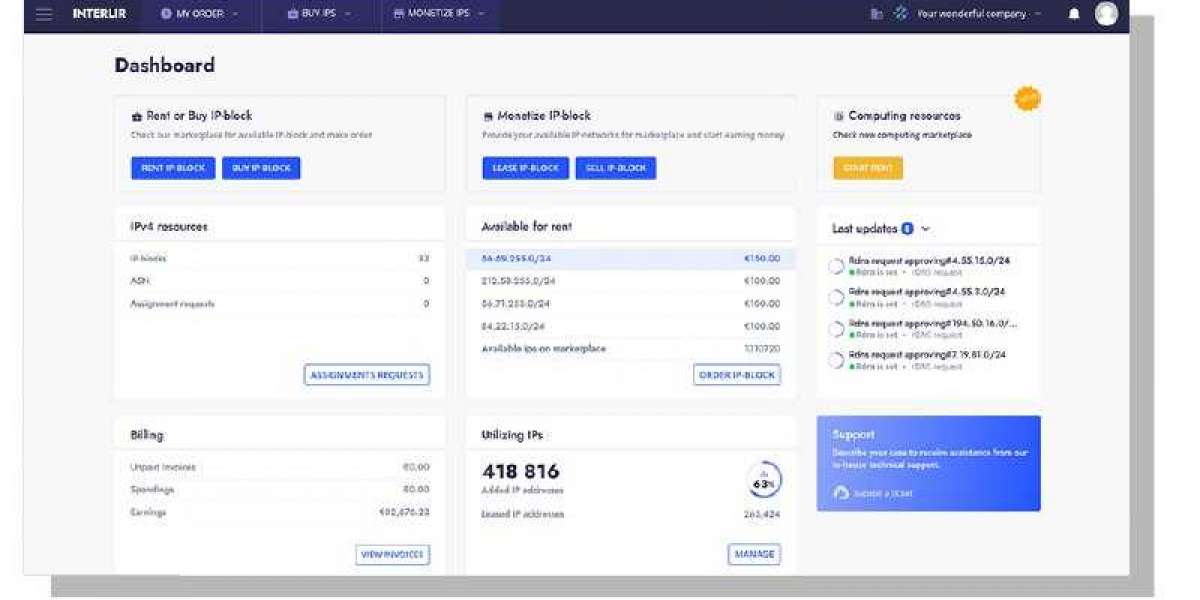Moving from Canada to the United States is an exciting change, but it also comes with financial challenges. One of the biggest questions people face after moving is when to liquidate their Canadian assets. This decision can affect your taxes, investment growth, and long-term wealth. Understanding the right time to sell is important for anyone developing strong cross-border investment strategies USA or planning smart U.S. Canada investment strategies.
When you move to the U.S., your residency status changes for both tax systems. In Canada, you are considered a non-resident for tax purposes after you leave permanently. This means you must pay tax on any capital gains earned up to your departure date, also called a “departure tax.” On the U.S. side, once you become a resident, you will be taxed on your worldwide income, including income from Canadian investments. Because of this, timing your asset liquidation carefully can help reduce double taxation and maximize your returns.
It’s important not to rush into selling all your Canadian assets right after moving. Many people think it’s best to cash out immediately, but that’s not always true. Some assets, like Canadian real estate or long-term investments, may continue to grow in value. Selling too early can lead to unnecessary capital gains tax and loss of potential profits. However, if an investment is heavily taxed or hard to manage from the U.S., it might make sense to sell it sooner.
For example, mutual funds held in Canada can create complications for U.S. tax filings. They might be considered Passive Foreign Investment Companies (PFICs) under U.S. law, which can lead to high tax penalties and complicated reporting. In such cases, liquidating these funds before or soon after moving can save you from future tax headaches. On the other hand, assets like RRSPs can often be kept, as they are recognized under the U.S.-Canada tax treaty and offer continued tax-deferred growth.
The key is to balance tax efficiency with investment goals. Reviewing your portfolio with a cross-border financial advisor helps you understand which investments to hold and which to sell. Advisors who specialize in cross-border investment strategies USA can help you plan around both tax systems, so you avoid double taxation and unnecessary penalties. This approach is especially useful for those who plan to return to Canada someday or have family members still living there.
Timing also depends on the type of asset and market conditions. If the Canadian dollar is strong compared to the U.S. dollar, it might be a good time to sell and transfer funds to the U.S. However, if the market is weak or your investments are temporarily down, waiting for recovery could lead to better long-term results. Market timing isn’t easy, but understanding currency exchange trends and interest rate differences between the two countries can make a big difference.
Another factor to consider is your new financial goals in the U.S. If you’re buying a home, starting a business, or investing in new opportunities, you might need liquidity sooner. Aligning your U.S. Canada investment strategies with your personal goals ensures your decisions make sense for both your lifestyle and finances. You might also explore diversification by keeping a mix of U.S. and Canadian investments to reduce risk and take advantage of growth in both markets.
Finally, never make these decisions alone. Cross-border taxation is complex, and rules change often. Working with professionals experienced in both U.S. and Canadian tax laws helps protect your wealth. They can guide you through the best ways to repatriate your funds, reinvest them, or use tax credits available under the U.S.-Canada tax treaty.
In short, deciding when to liquidate your Canadian assets after moving depends on your tax situation, market timing, and long-term plans. A thoughtful approach that combines expert advice, proper timing, and strategic planning can help you get the most from your investments. By using effective cross-border investment strategies USA and aligning them with solid U.S. Canada investment strategies, you can minimize taxes, protect your assets, and achieve financial stability in your new home country.






